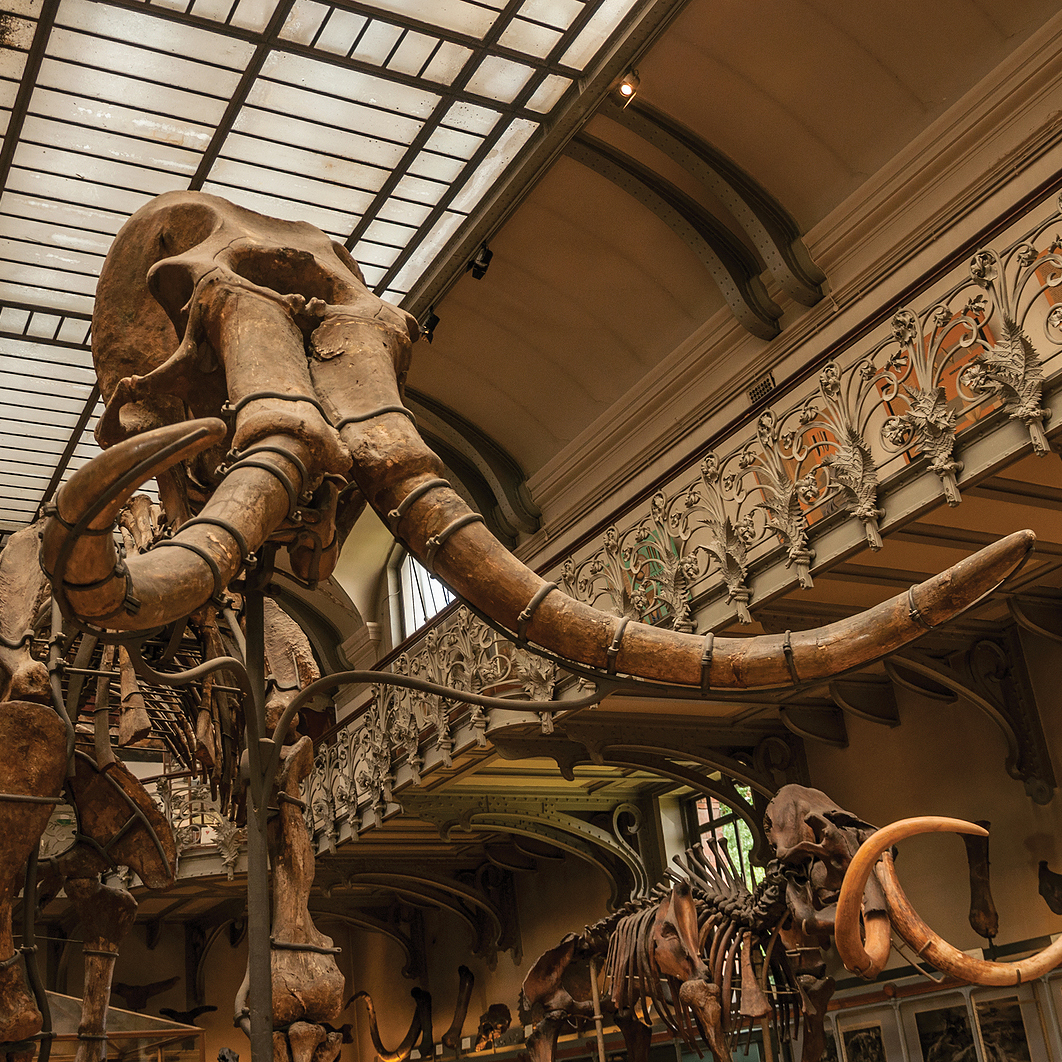Woolly mammoths perished 10,000 years ago, but many of their bodies are still well preserved. Nowadays, they are precious research material for paleontologists and biologists. Just like elephants, they are valued for their enormous tusks that stand as a source of ivory for different buyers, from young fashionistas to spiritual institutions. Over the years, mammoth ivory has also become an art medium for artists, especially sculptors and jewelry designers that make the most of ancient fossils.
Why Mammoth Ivory?
Ivory is the creamy-white material sourced from the teeth of mammals such as elephants, hippos, walruses, and mammoths. Not only is it valued for its smooth texture and hardness but also for its cultural and historical significance. An interesting fact: the trade of ivory from mammoth tusks is completely legal, while elephant ivory was banned in the US, UK, Singapore, China, and other leading ivory markets only in 2016 and 2017.
Mammoth ivory used by ancient masters to create ornaments and sculptures. In 2020, a team of archaeologists from Novosibirsk State University and Siberian Federal University presented a reconstruction of a technology that people of the bygone days used to shape the hard materials. Scientists found examples of drills, cutters, and leveling blades that date back to over 20 thousand years ago. It is not surprising that contemporary craftspeople are continuing the centuries-old tradition and bringing it to the next level.

Ivory as an Art Medium
These days, the ivory carving industry is divided among individual artists and big carving centers. The former create limited editions of exotic sculptures, jewels, and decorations. In this regard, Richard Marcus’s ivory art is a great example of how mammoth ivory can be transformed into pieces of art. He is one of the few in the US who work with this particular type of material. According to the sculptor, he spends around sixteen hours a day in his studio shaping and polishing mammoth tusks to transform raw material into a work of art.
The bigger share of the ivory carving market belongs to carving centers, with the main offices located in different parts of Russia. By the way, the oldest modern school of mammoth tusk carving was established in the Arkhangelsk region in northwest Russia. Nowadays, ivory workshops concentrate on making jewelry boxes, engagement rings, figurines, souvenirs, small and large sculptures, and even chest sets.
Even though mammoth ivory items are known for their durability, they still require patience and attention when being carried and shipped to another country. If you want to buy an ivory sculpture, entrust Fine Art Shippers to pack and ship it for you – we have been specializing in the local and international transportation of fragile and antique items for more than 25 years. Let us know how we can help you!
